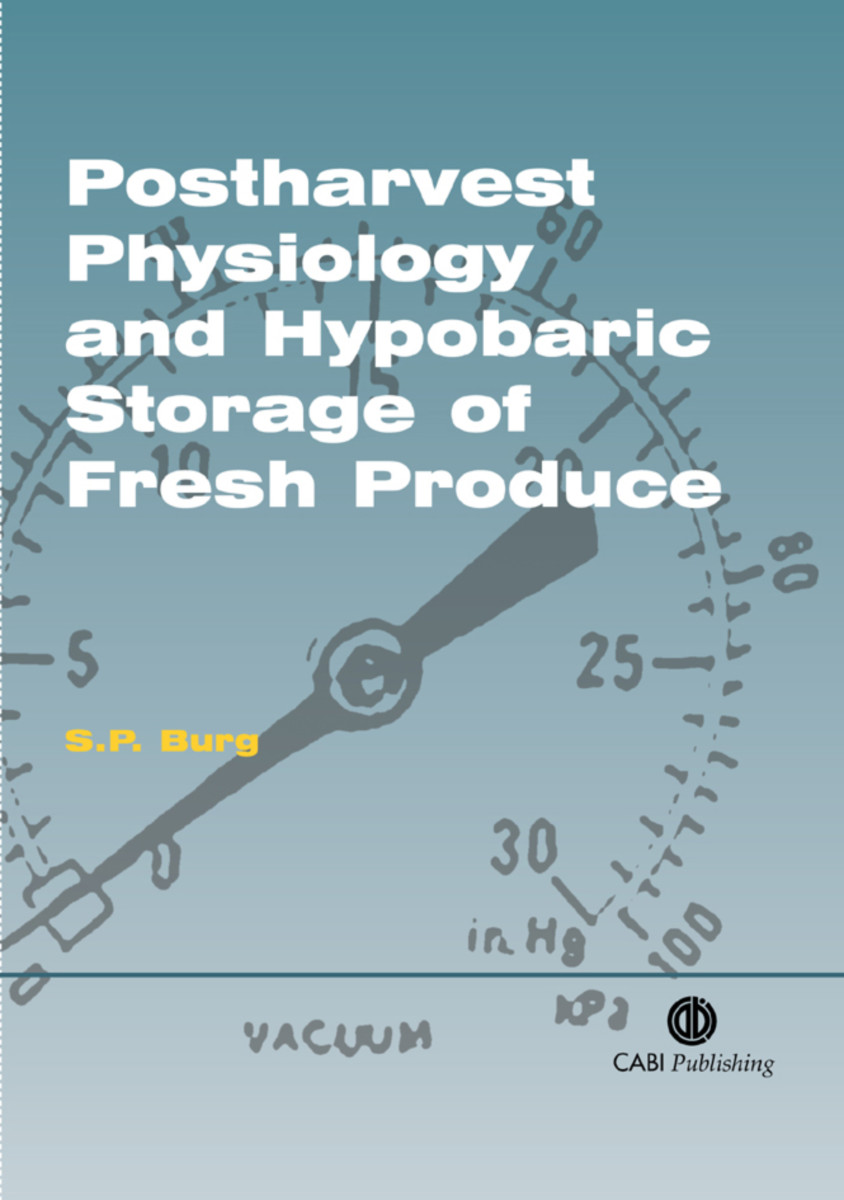Postharvest Physiology and Hypobaric Storage of Fresh Produce
- Publisher
CABI - Published
28th June 2004 - ISBN 9780851998015
- Language English
- Pages 672 pp.
- Size 6.875" x 9.75"
Hypobaric (low-pressure) storage offers considerable potential as a method to prevent postharvest loss of horticultural and other perishable commodities, such as fruit, vegetables, cut flowers and meat. Yet hitherto there has been no comprehensive evaluation and documentation of this method and its scientific basis.
Written by the world’s leading authority on hypobaric storage, Postharvest Physiology and Hypobaric Storage of Fresh Produce fills this gap in the existing literature. The first part of the book provides a detailed account of the metabolic functions of gases, and the mechanisms of postharvest gas exchange, heat transfer and water loss in fresh produce. The effect of hypobaric conditions on each process is then considered, before a critical review of all available information on hypobaric storage. This includes horticultural commodity requirements, laboratory research, and the design of hypobaric warehouses and transportation containers.
Introduction
Origins of the LP concept
Gas and vapour mass transport
Oxygen, carbon dioxide, ammonia, and cyanide
Ethylene
Heat transfer and water loss
Postharvest diseases and physiological disorders
Insect quarantine
Technical difficulties associated with laboratory hypobaric research
Horticultural commodity requirements
Meat storage
Warehouse Design
Intermodal Container Design
Conclusions
Appendix -Influence of LP on physical, biological and chemical parameters


